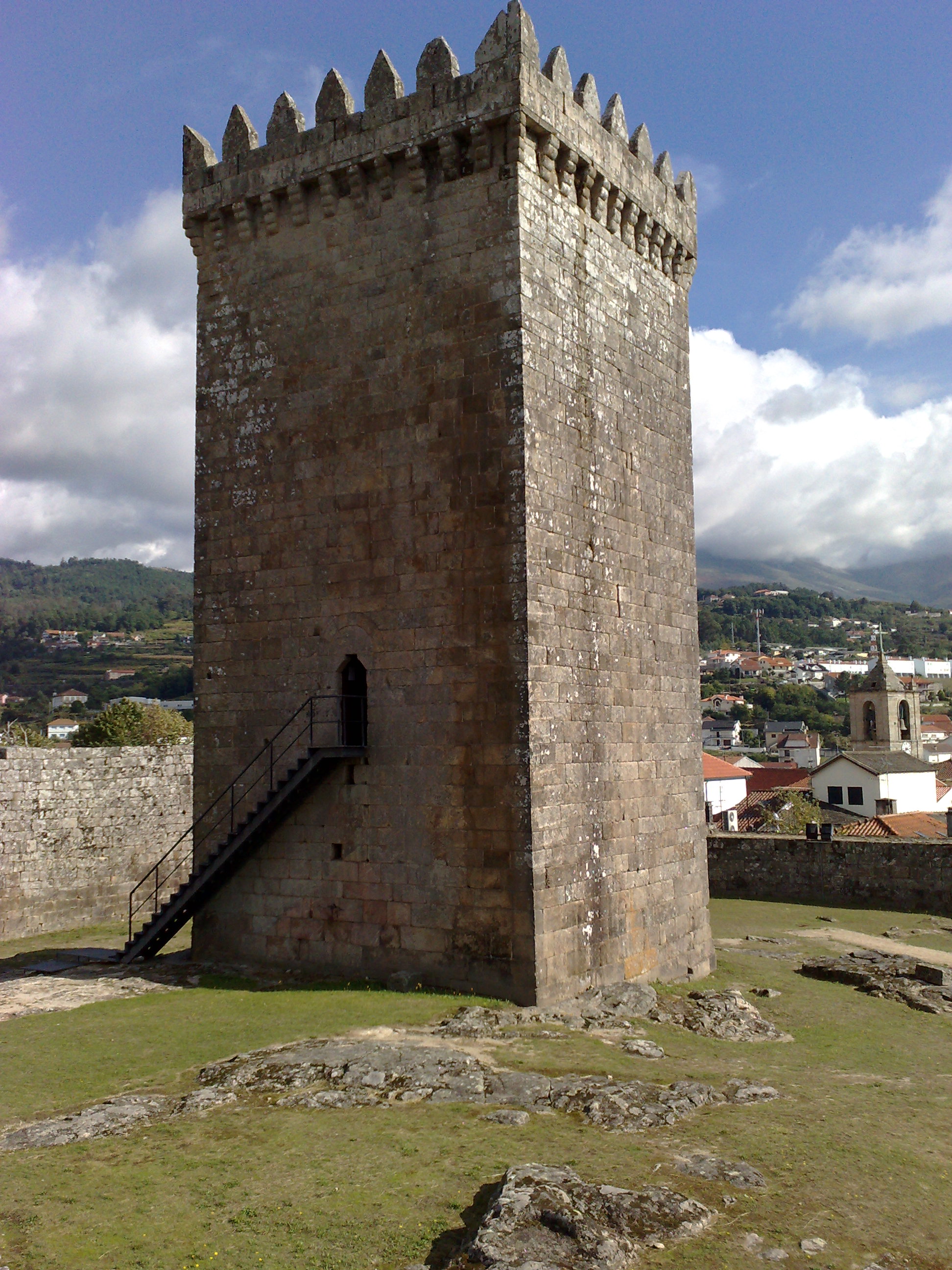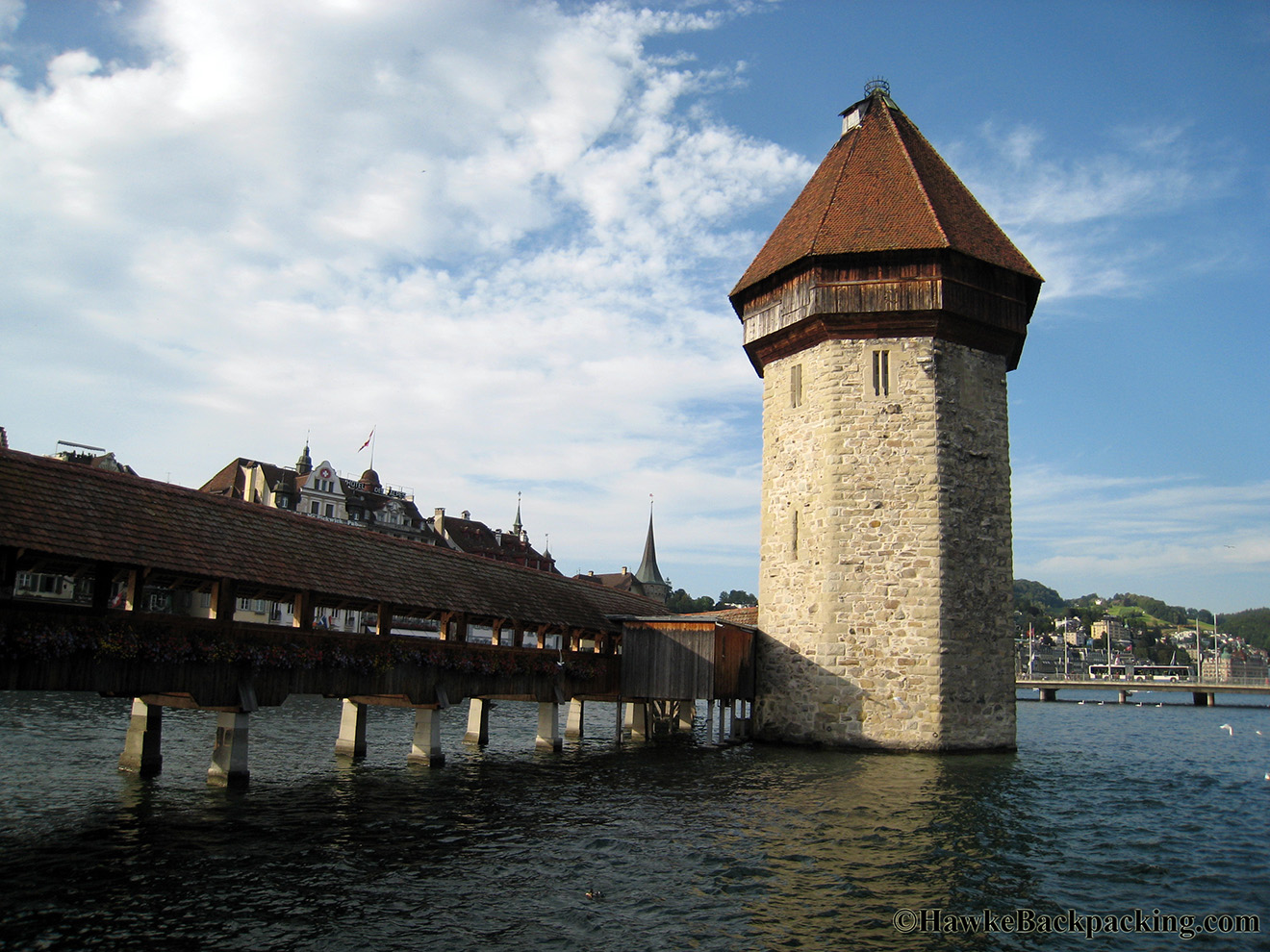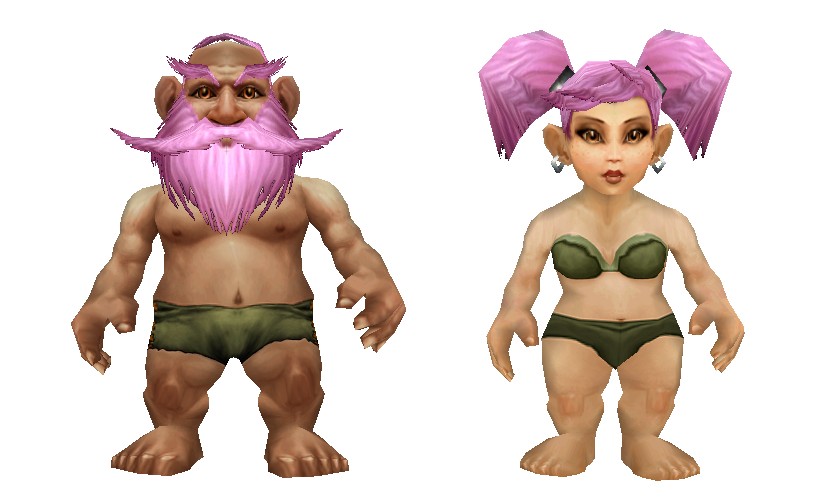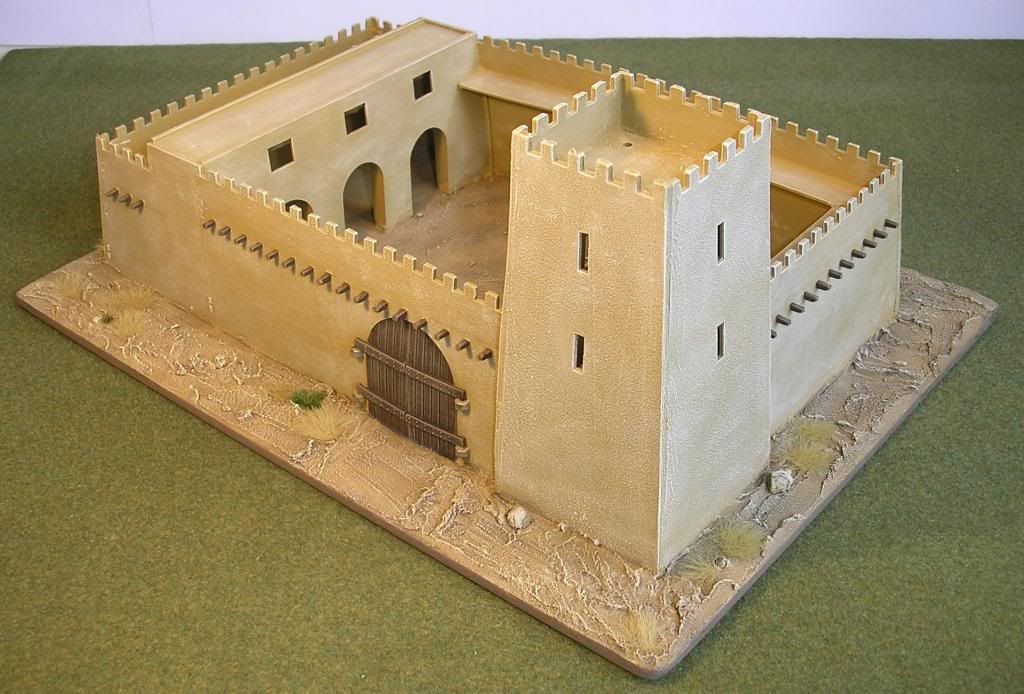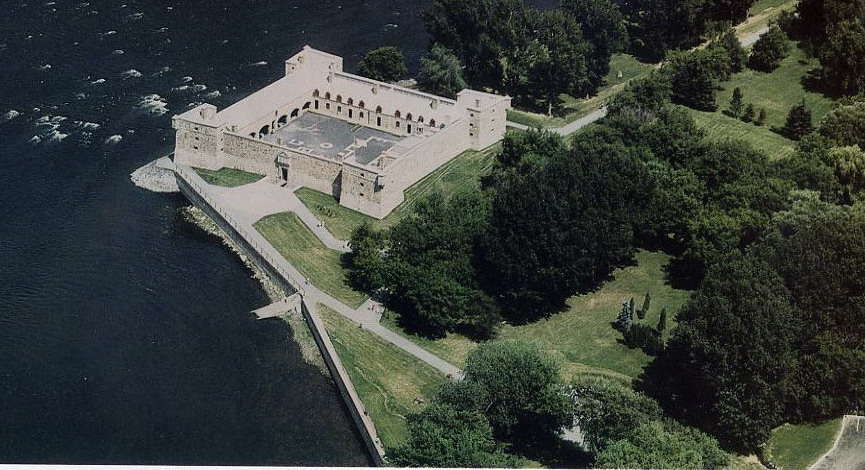Why the Mace?
Basically, I just didn't want them to have a sword or even think about having one, and also I think I was effected by the Dark Sun aesthetic, which emphasized wide wastes, minimal resources and a certain Fertile Crescent feel.
A lot of the reasoning was ex post facto to justify the choice.
Basically, you need a backup or a hand weapon, and while a large knife seems like the answer it wasn't quite sufficient. A hatchet was also one of those dual purpose tools but didn't seem symbolic enough. And then you have the club.
The club does represent a sort of primitiveness and connection to nature, and it's up for grabs if it or the stone were the first personal weapons. Lethal weapon, anyway, considering the antics by some monkeys and waste disposal.
So the next step seems to be binding the stone to the club to create a more effective weapon. At this point, you have a split between leaving the head blunt, and having it sharpened, creating an axe. The axe would suit the Gnomish philosophy better, in developing weapons from tools.
However besides being to bludgeon opponents, especially those in cut resistant armour, it started to represent authority. Specifically, secular authority. Much as the staff, or the shepherd's crook, appears to represent the spiritual variant. Or wizardly.
The way Gnomish military doctrine works, it's based on the impact of a large mass of pole-armed infantry, so getting entangled in close combat was to be seldom, and handled by sharper instruments. Officers are more likely to find themselves facing single combat against armoured opponents, a shortened halberd or a spear more effective against the run of the mill soldierly that manage to get to them.
You could have an all metal mace, but again, when I look at the weapon type choices it seems that the Gnomes use a wooden staff to slot the business end of the weapons on, whether it's a pike, a halberd or a crossbow. As such, Gnomish maces are wooden shafts with a metal head.
You could justify this by the Gnomish believe to have a light a weapon as possible, with the minimum metal used to make the point. This could hark back to the Gnomish decision to use the metal available to manufacture suits of armour for protection.
Another interesting aspect are Roman fasces, the combination of rods and axe indicating the imperium to inflict capital punishment. The club would be a symbol of law enforcement authority, and the metal head, an upgrade of that.







 Reply With Quote
Reply With Quote


